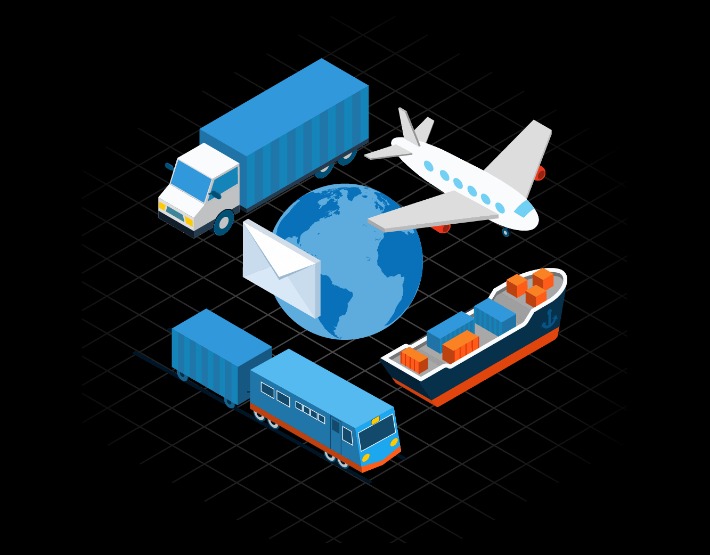Following that, the distributor is responsible for delivery to the final consumer. However, transportation is a cost to the dealer as well, reducing his profit – forcing the business to increase the dealer’s profit to offset his expenses. In many businesses, the warehouse inventory is deducted when calculating the commercial revenue. A commercial team’s affirmative authorization for a buy order of 15 units means that 15 units will be withdrawn from the inventory to ensure that the purchasing of more units does not occur.
Modern fleet management systems are perfectly interoperable with legacy systems and other third-party IT infrastructure, making the process of syncing data a breeze. The interoperability allows the system to pull data from multiple sources onto a single dashboard and provides a seamless experience to the fleet managers with transparent and reliable data. Fleet management software acts as the central point to monitor otherwise time-consuming processes on a real-time basis, and thus acts as a critical component in making efficient business decisions.
Maintaining regular communication with suppliers to ensure you’re up to date on the status of resources that support your products and market is important. Several key technologies are transforming the logistics industry, paving the way for a more efficient and connected supply chain. AI-powered algorithms can analyze vast amounts of data to identify patterns and make predictions, enabling businesses to optimize their supply chain processes. From demand forecasting to route optimization, AI can help businesses make smarter decisions and respond quickly to changing market conditions. But a large inventory has its own liabilities — the cost to store and insure it, and the risk of spoilage, theft and damage. Companies with complex supply chains and manufacturing processes must find the right balance between having too much inventory on hand or not enough.
Nobody to control the process means the responsibility (and therefore, your returns) are passed from pillar to post. Products involved in your return supply chain have been returned for a reason—be it that the customer ordered the wrong size or the item was faulty. A poor return logistics process leaves room for unsellable inventory to make its way back onto the shelf. On the flip side, if you’re processing too many returns because the straighteners arrive damaged, quality control your inventory, invest in protective packaging, or choose a new shipping supplier. Regardless of the direction of your inventory, customer loyalty is yours to win. The returns experience is just as important as the experience shoppers have when purchasing products through your online store.
What message would you give to the teams and our partners?
Standard issue swag bags are virtually indistinguishable from one another — you have the same pens, diaries, bag designs, and other items attendees are unlikely to use after the event. ECommerce sales could hit $5.5 trillion this year, with more consumers preferring to shop online compared to physical stores. Global events such as the Ukraine-Russian War and the Suez Canal blockage by the Ever Given have disrupted shipping lanes, causing freights to take much longer routes. But behind that growth record, high freighting rates were caused by a spike in fuel prices and the ongoing shipping container shortage.
Advertise your business with superhuman intelligence
3PLs let businesses focus on higher dollar activities and truly grow due to infrastructure, technology, and scalability improvements. Read more about global logistics here. They turn into repeat buyers, and repeat buyers are a lot freer to acquire than new customers.
Their warehouse team will process the return and inspect the product, returning sellable inventory back to the shelf in preparation for future orders. Not only can this minimize products being sent to the warehouse that you’re unable to refund, but you can increase the conversion rate of your online store.




